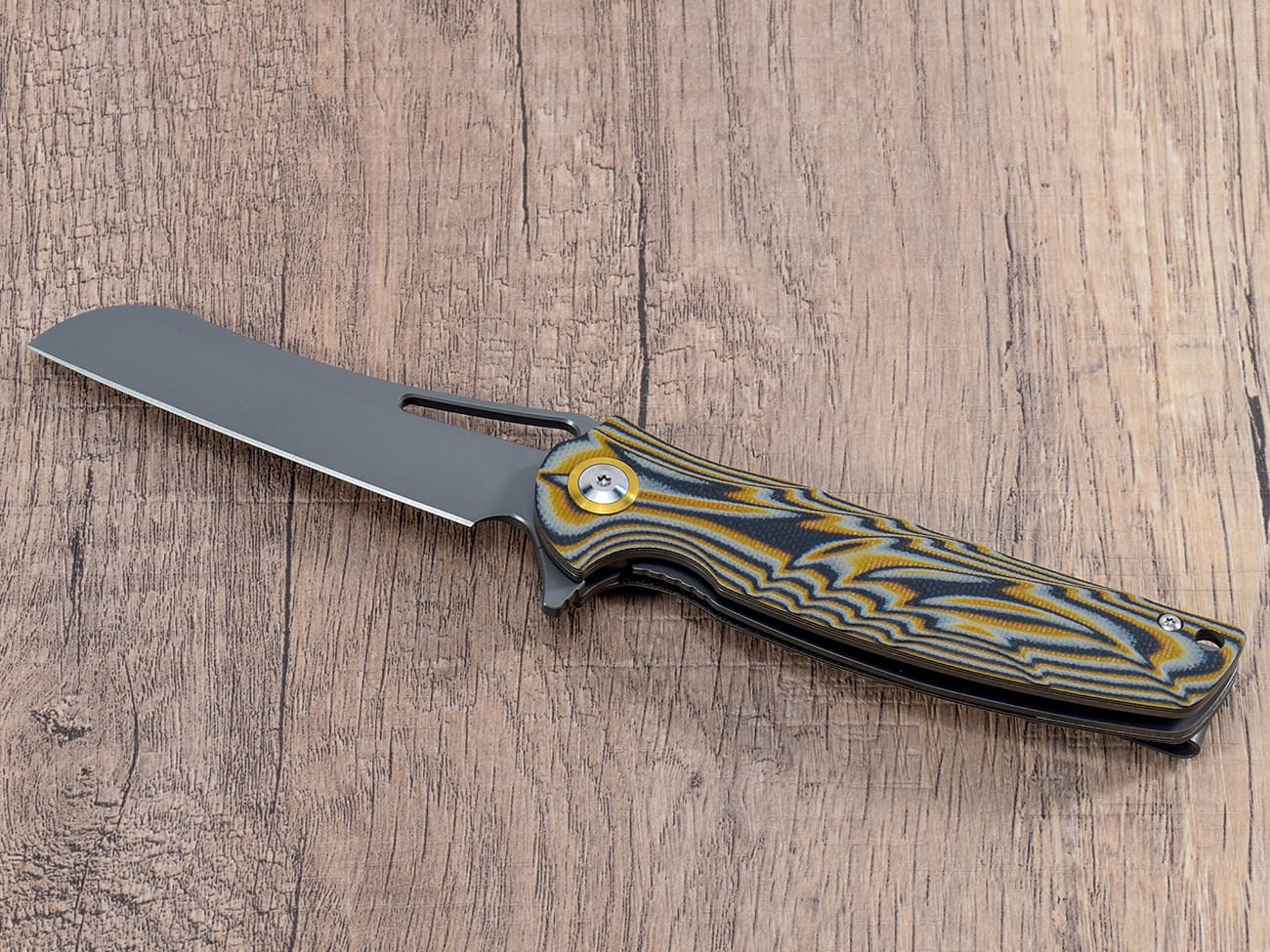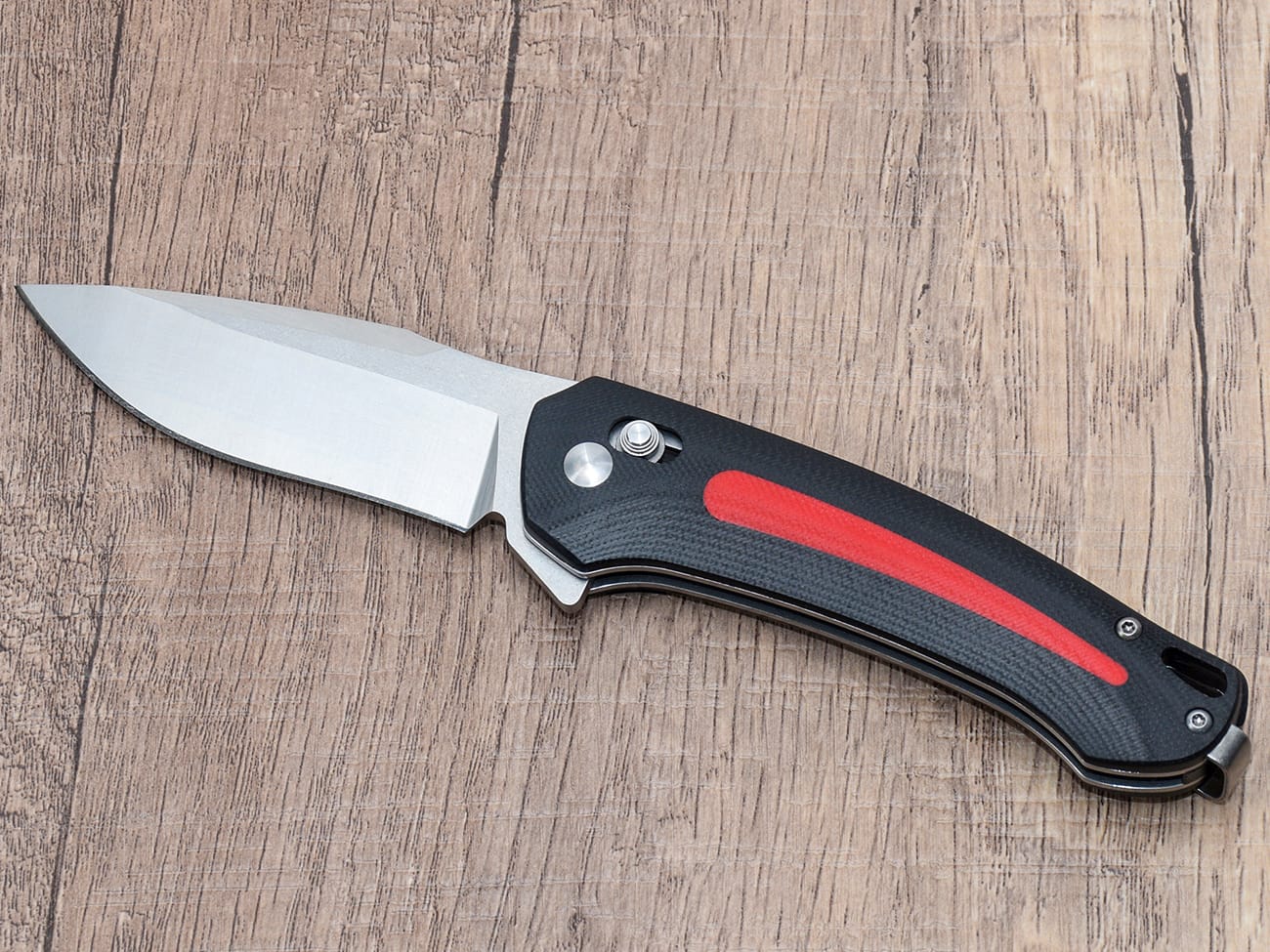Are you a knife enthusiast looking for the perfect handle material for your next blade? Look no further! In this comprehensive guide, we’ll dive deep into the world of Micarta and G10, two of the most popular and durable knife handle materials on the market. Whether you’re a seasoned collector or a casual user, understanding the differences between these materials will help you make an informed decision for your next knife purchase. Let’s explore the strengths, weaknesses, and unique characteristics of Micarta and G10 to determine which one reigns supreme in the world of knife handles.
What Are Micarta and G10?
Before we dive into the comparison, let’s first understand what Micarta and G10 actually are. Both materials are composite materials used in knife handles, but they have some key differences in their composition and manufacturing process.
What is Micarta?
Micarta is a composite material made from layers of fabric or paper that are soaked in phenolic resin and then compressed under high pressure and heat. This process creates a dense, durable material that’s resistant to moisture, chemicals, and wear. Micarta can be made from various base materials, including linen, canvas, and paper, resulting in different textures and appearances.
What is G10?
G10, on the other hand, is a high-pressure fiberglass laminate. It’s made by stacking multiple layers of fiberglass cloth, soaking them in epoxy resin, and then compressing them under high pressure and heat. The result is a strong, lightweight, and water-resistant material that’s popular in knife handles and other applications.
How Are Micarta and G10 Made?
Understanding the manufacturing process of these materials can help you appreciate their unique properties and differences.
The Micarta Manufacturing Process
- Fabric or paper sheets are selected as the base material.
- These sheets are soaked in phenolic resin.
- The soaked sheets are stacked in layers.
- The stack is then subjected to high pressure and heat.
- This process bonds the layers together, creating a solid, dense material.
The G10 Manufacturing Process
- Fiberglass cloth is chosen as the base material.
- The cloth is soaked in epoxy resin.
- Multiple layers of the resin-soaked cloth are stacked.
- The stack is compressed under high pressure and heat.
- This process creates a solid, non-porous material.
What Are the Key Differences Between Micarta and G10?
Now that we understand the basics, let’s dive into the main differences between these two popular knife handle materials.
Texture and Grip
One of the most noticeable differences between Micarta and G10 is their texture and grip characteristics.Micarta:
- Typically has a more organic, natural feel
- Becomes slightly grippy when wet
- Available in various textures depending on the base material used
G10:
- Generally smoother and more uniform in texture
- Can be machined or textured for improved grip
- Maintains its texture in wet conditions
Durability and Strength
Both materials are known for their durability, but they have some differences in their strength properties.Micarta:
- Extremely durable and resistant to wear
- Less prone to chipping or cracking
- Slightly more flexible than G10
G10:
- Very strong and rigid
- Excellent impact resistance
- May be more prone to chipping if subjected to extreme force
Appearance and Customization
The look and customization options of these materials can greatly affect a knife’s overall aesthetics.Micarta:
- Available in a wide range of colors and patterns
- Can have a more natural, organic appearance
- Often develops a patina over time, giving it character
G10:
- Comes in various colors, but typically has a more uniform appearance
- Can be easily dyed or painted for customization
- Maintains its appearance over time without developing a patina
Water Resistance
Both materials perform well in wet conditions, but there are some differences to consider.Micarta:
- Water-resistant, but can absorb some moisture over time
- Provides a better grip when wet
- May require occasional maintenance to prevent water absorption
G10:
- Highly water-resistant and non-porous
- Does not absorb water, making it ideal for marine environments
- Requires minimal maintenance in wet conditions
Heat Resistance
When it comes to heat resistance, both materials perform well, but there are some distinctions.Micarta:
- Excellent heat resistance
- Can withstand high temperatures without deforming
- May discolor slightly under extreme heat
G10:
- Very good heat resistance
- Maintains its shape and properties at high temperatures
- Less likely to discolor under heat exposure
Which Material is Better for Knife Handles?
The choice between Micarta and G10 often comes down to personal preference and specific needs. Let’s break down some scenarios where one material might be preferable over the other.
When to Choose Micarta
- If you prefer a more natural, organic feel in your knife handle
- When you want a handle that develops character and patina over time
- If you’re looking for a slightly more flexible and shock-absorbing material
- When you want excellent grip in both dry and wet conditions
When to Choose G10
- If you prefer a more uniform and consistent appearance
- When you need a highly water-resistant material for marine or wet environments
- If you want a handle material that’s easy to clean and maintain
- When you require maximum rigidity and strength in your knife handle

A custom G10 handle EDC knife showcasing the material’s durability and sleek appearance
How Do Micarta and G10 Compare to Other Handle Materials?
To get a broader perspective, let’s compare Micarta and G10 to some other popular knife handle materials.
Micarta and G10 vs Wood Handles
Wood handles have been a traditional choice for knife handles for centuries. While they offer a classic look and feel, they generally don’t match the durability and water resistance of Micarta or G10. However, wood handles can provide a warmer feel and unique aesthetic that some knife enthusiasts prefer.
Micarta and G10 vs Metal Handles
Metal handles, such as titanium or stainless steel, offer excellent durability and a sleek appearance. However, they can be slippery and cold to the touch compared to Micarta or G10. Metal handles also tend to be heavier, which may affect the knife’s balance.
Micarta and G10 vs Carbon Fiber
Carbon fiber handles are known for their exceptional strength-to-weight ratio and attractive appearance. While they can be comparable to G10 in terms of strength, they are generally more expensive and may not offer the same level of grip as Micarta or textured G10.
How to Care for Micarta and G10 Knife Handles
Proper maintenance can extend the life of your knife handle and keep it looking great. Here are some tips for caring for Micarta and G10 handles:
Caring for Micarta Handles
- Clean with mild soap and water
- Dry thoroughly after cleaning or exposure to water
- Occasionally apply a light coat of mineral oil to maintain the material
- Avoid prolonged exposure to harsh chemicals or solvents
Caring for G10 Handles
- Clean with soap and water or a mild detergent
- Dry completely after cleaning
- Use a soft brush to remove dirt from textured areas
- Avoid using abrasive materials that could scratch the surface
What Do Knife Manufacturers Say About Micarta and G10?
Many reputable knife companies use both Micarta and G10 in their designs. Let’s look at what some of them have to say about these materials.
Spyderco on G10
Spyderco, a well-known knife company, frequently uses G10 in their designs. They praise its durability, strength, and ability to be easily textured for improved grip.
ESEE on Micarta
ESEE, known for their rugged outdoor knives, often uses Micarta in their handles. They appreciate its durability, comfortable grip, and ability to perform well in various environmental conditions.
Conclusion: Which Material Reigns Supreme?
After comparing Micarta and G10, it’s clear that both materials have their strengths and are excellent choices for knife handles. The “best” material ultimately depends on your specific needs and preferences. Here’s a quick summary to help you make your decision:
- Choose Micarta if you want:
- A more natural feel and appearance
- Excellent grip in wet conditions
- A handle that develops character over time
- Slightly more flexibility and shock absorption
- Choose G10 if you prefer:
- Maximum water resistance
- A uniform and consistent appearance
- Easy maintenance and cleaning
- Extreme rigidity and strength
Whichever material you choose, both Micarta and G10 will provide you with a durable, high-performance knife handle that can withstand the rigors of everyday use and outdoor adventures. Happy knife hunting!




